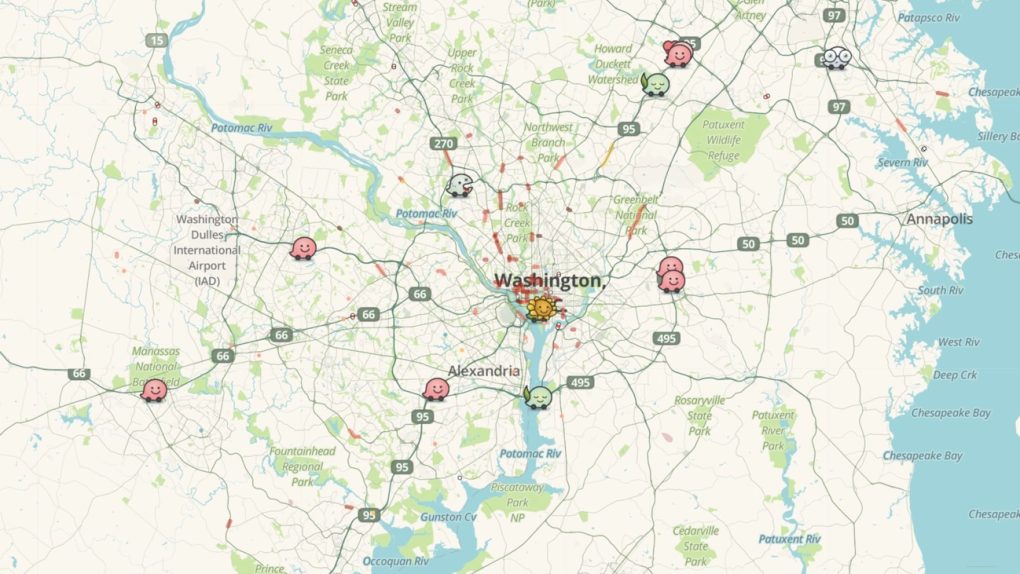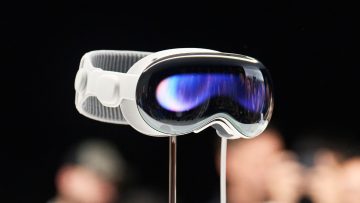Getting from Point A to Point B has never been easier, as long as both are distinct, outdoor locations. But what if you have to navigate a hospital or company headquarters that occupies an area of a few million square feet? Google Maps, Waze, and other navigation apps are incredible tools for outdoor settings, but Google has yet to launch any navigation and directions products to help you find your way around indoors. But that doesn’t mean the Waze and Google Maps apps of indoor navigation aren’t already here.
Several companies are already using such apps to help their staff get around, The Wall Street Journal explained in a report this week, providing wayfinding apps that rely on technology other than GPS to locate people indoors.
The MediNav app from Connexient, which is licensed to hospitals, uses beacons and Bluetooth to locate users. The beacons hook up to accelerometers and the compass of a smartphone, and that’s how they can provide navigation instructions. What’s even more interesting is that the software can help users locate objects of high interest in areas of the hospitals they might not be familiar with, like wheelchairs, gurneys, or IV pumps.
A different example The Journal details concerns Exxon Mobil, which will deploy a wayfinding app to its 10,000 employees at the 4.5-million-square-foot Houston campus in March. The app comes from Environmental Systems Research Institute (Esri) and uses Wi-Fi signals and beacons to locate a smartphone. Just like the navigation app for hospitals, this one could deliver additional benefits, like minimizing time spent outside during rainy days or summer heat and facilitate access to elevators and ramps.
In addition to helping employees find their peers or specific indoor locations, the app could help Exxon optimize routes for technicians and allocate office space.
These added benefits also highlight the same worry that comes with Waze and Google Maps. Location-based apps are great as long as the user is in control of the location data itself. Having companies spy on their workforce with indoor navigation apps might be an unwanted side effect that developers will have to deal with.
There’s one other issue with these indoors wayfinding apps: They only work for employees and are created to cater to specific locations and businesses. It’ll be a while until you are able to navigate a busy airport or shopping mall with the same ease, although Google is already working on such functionality for Google Maps








